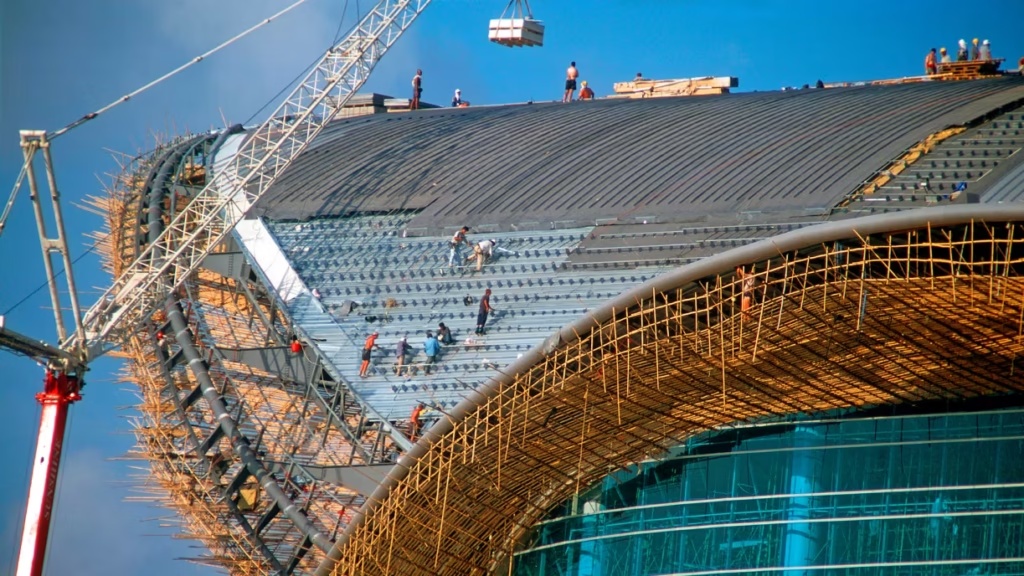For generations, Hong Kong’s skyline has been shaped not only by steel and glass but also by bamboo. The centuries-old craft of bamboo scaffolding remains one of the city’s most distinctive construction practices, admired for its speed, flexibility, and cultural significance. Yet today, this living tradition stands at risk of fading.
Bamboo scaffolders, often called the “spiders of Hong Kong,” are highly skilled workers who can build towering frameworks around skyscrapers in record time. Using two main types of bamboo—thicker Mao Jue poles for load-bearing and thinner Kao Jue poles for bracing—they tie each joint by hand with nylon straps, forming structures that are lighter and more adaptable than metal scaffolding. For many locals, these lattices have become a symbol of the city’s resilience and ingenuity.
Beyond construction sites, bamboo scaffolding has played a vital role in cultural life. Temporary stages for Cantonese opera, festive theater structures, and even neon-lit balconies have all been supported by bamboo, making the material not only a practical tool but also a cultural cornerstone.
Despite its strengths, the tradition faces growing challenges. Safety concerns have mounted, with recent reports linking scaffolding accidents to worker fatalities. Authorities are gradually shifting to metal scaffolding in government projects, citing safety and modernization. At the same time, fewer young workers are joining the trade, leaving the craft in the hands of an aging workforce.
The decline of bamboo scaffolding would represent more than a shift in construction methods—it would mark the loss of an art form that blends skill, heritage, and identity. Preserving it will require recognition of its cultural value and efforts to pass down the knowledge to new generations before it disappears from Hong Kong’s skyline.


